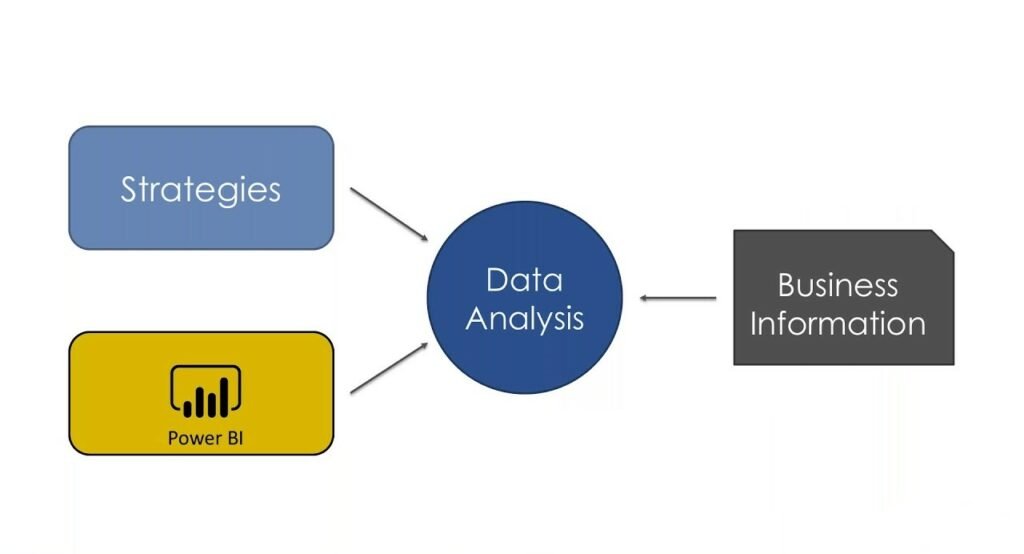For nonprofit organizations, tracking key metrics and visualizing data is critical to making informed decisions.
A well-designed Power BI dashboard can provide nonprofit leaders and staff with actionable insights to guide strategy and operations.
But what should a Power BI non profit dashboard include?
Based on my experience as a data analyst supporting various nonprofits, there are several essential elements every nonprofit Power BI dashboard needs:
Fundraising and Donor Metrics
A key focus area for most nonprofits is fundraising and donor management. Your Power BI dashboard should highlight key metrics like:
- Total dollars raised to date vs. goals
- Donor retention rates over time
- Number of new vs. repeat donors
- Breakdown of donations by source (events, mail, online)
- Average donation amounts
Visualizing this data by campaign, fundraiser, or channel can uncover opportunities.
For example, if a recent gala underperformed, you can dig into why and adjust your strategy.
Program Performance
Nonprofits need to track the impact and effectiveness of their programs and services. Your dashboard should make it easy to see:
- Participants served by the program over time.
- Demographic breakdowns (e.g., age, gender, ethnicity)
- Program budget vs. actual spending
- Participant satisfaction survey results
Filters and drill-downs should allow users to analyze the data across locations, departments, or other dimensions.
Finance and Operations
Of course, standard finance metrics are also important to track continuously:
- Revenue and expenses by department/program
- Cash flow over time
- Reserve funding levels
- Facilities costs per square foot
For operations, key metrics might include:
- Web traffic and conversions
- Volunteer hours contributed
- Employee turnover and retention
Benchmarking this data against historical trends, targets, or peer organizations’ averages can provide meaningful context.
Simple Yet Customizable Design
The layout and design of your nonprofit Power BI dashboard should balance clarity, simplicity, and utility:
- Use natural groupings and white space judiciously
- Enable interactivity with filtering and click-throughs
- Focus on 3-5 key metrics per area
- Allow customizations for different users
While dashboards should be streamlined, they also need to be flexible enough for various stakeholders to gain insights.

Real-World Examples and Best Practices
Thousands of nonprofits are already using Power BI dashboards to great effect. Best practices that make them successful include:
- Showing data at a glance
- Standardizing metrics across the organization
- Updating data sources frequently
- Linking to complementary detailed reports
With the right KPIs, design approach, and adoption, Power BI can be a game changer for nonprofits seeking to use data to drive impact.



